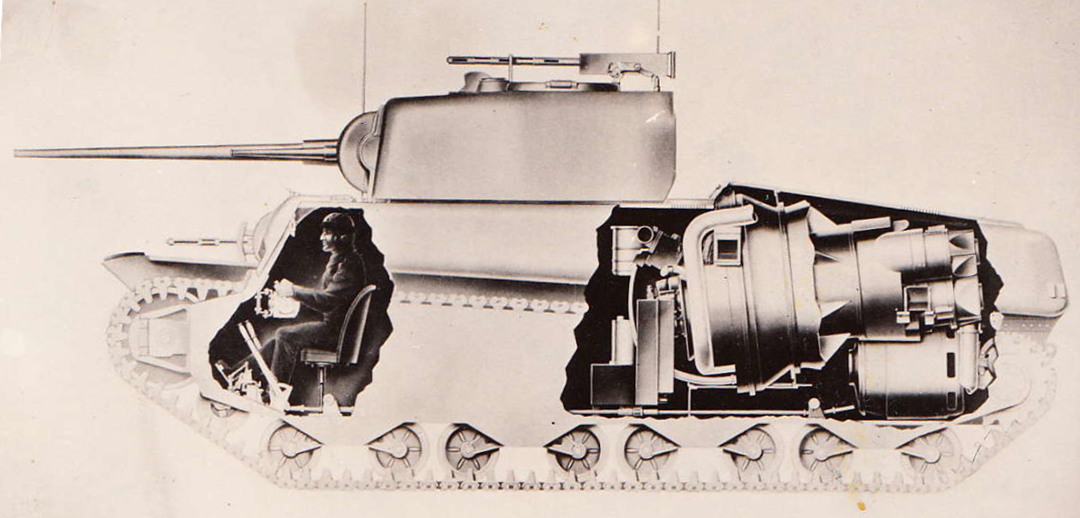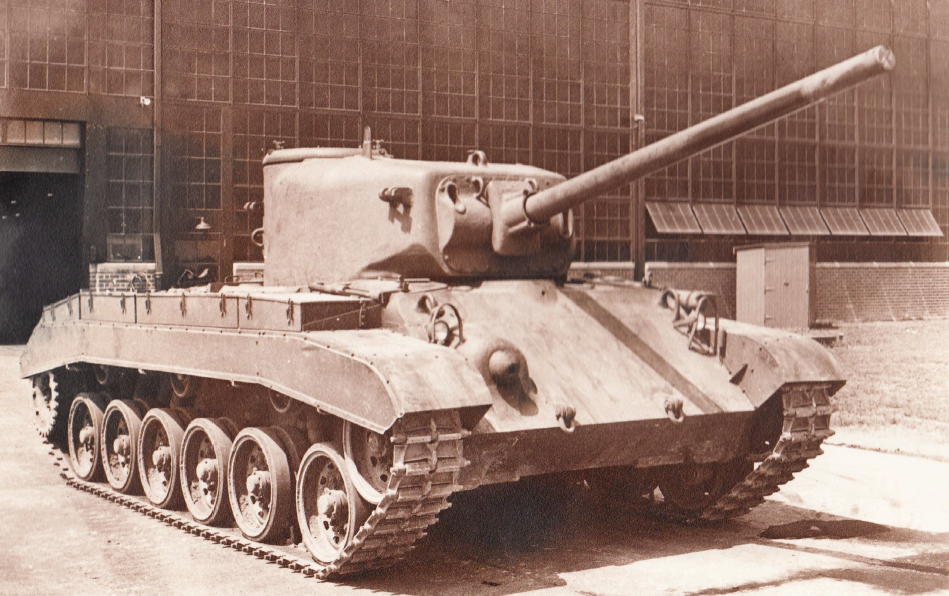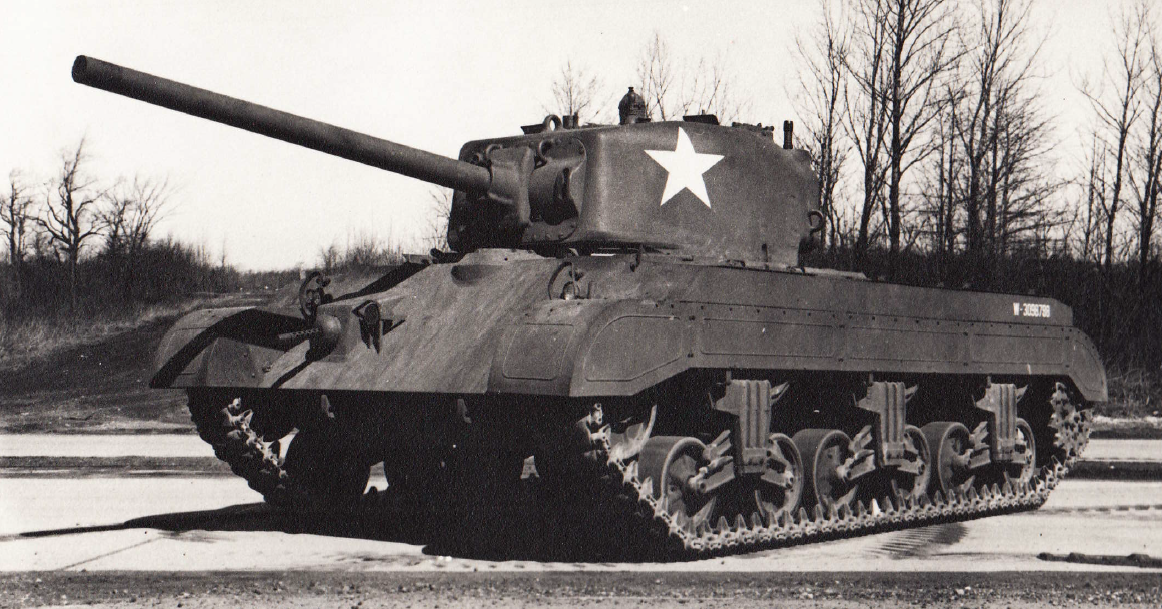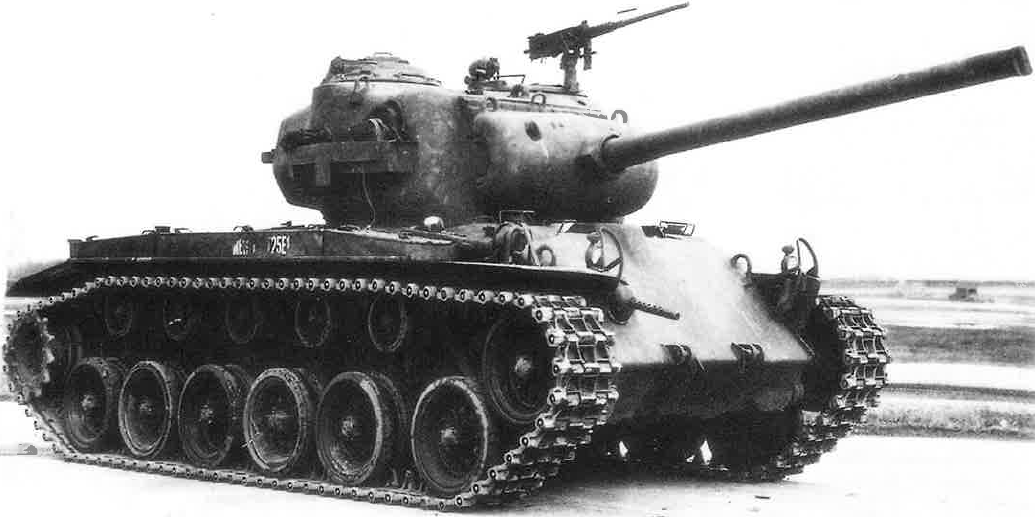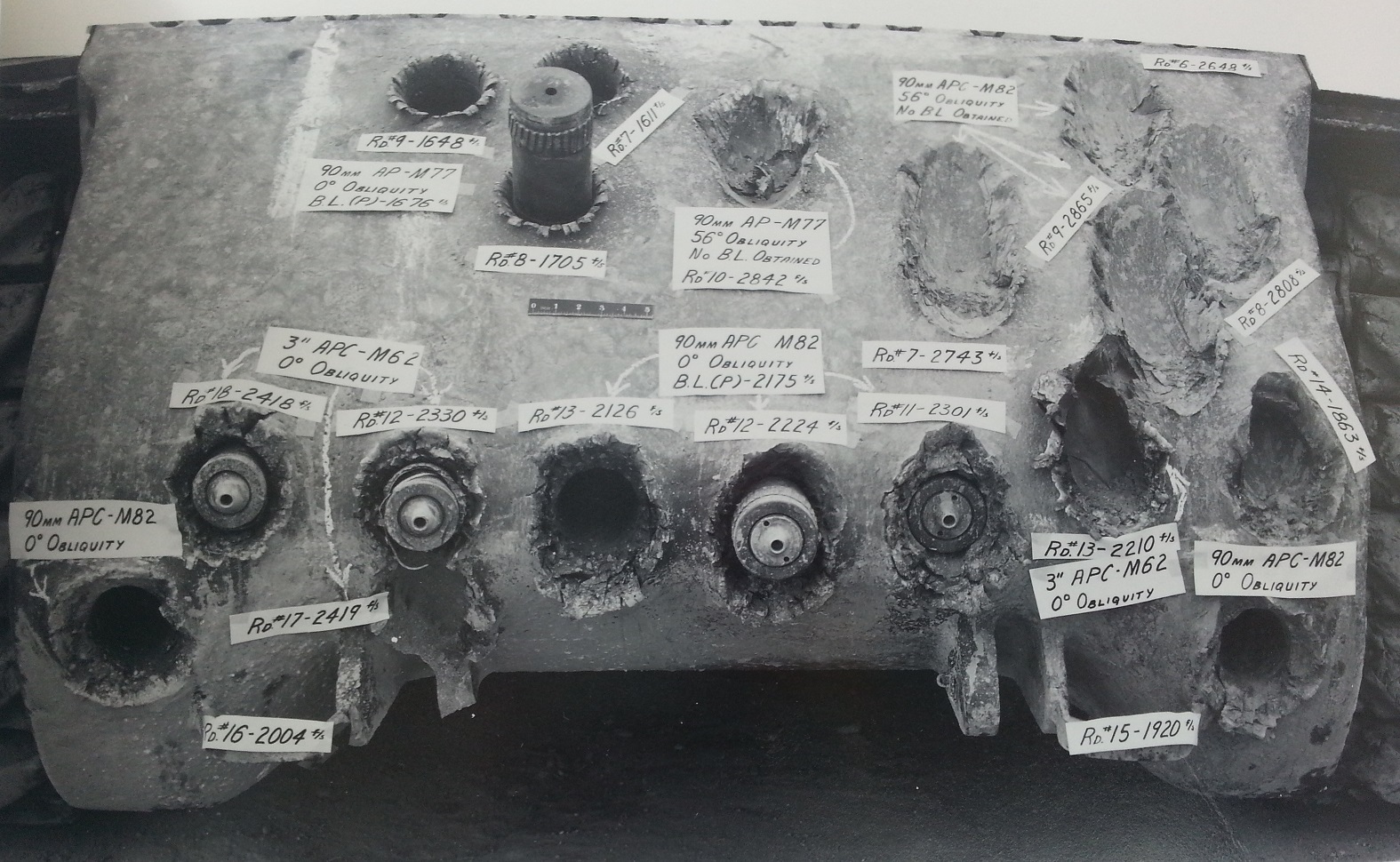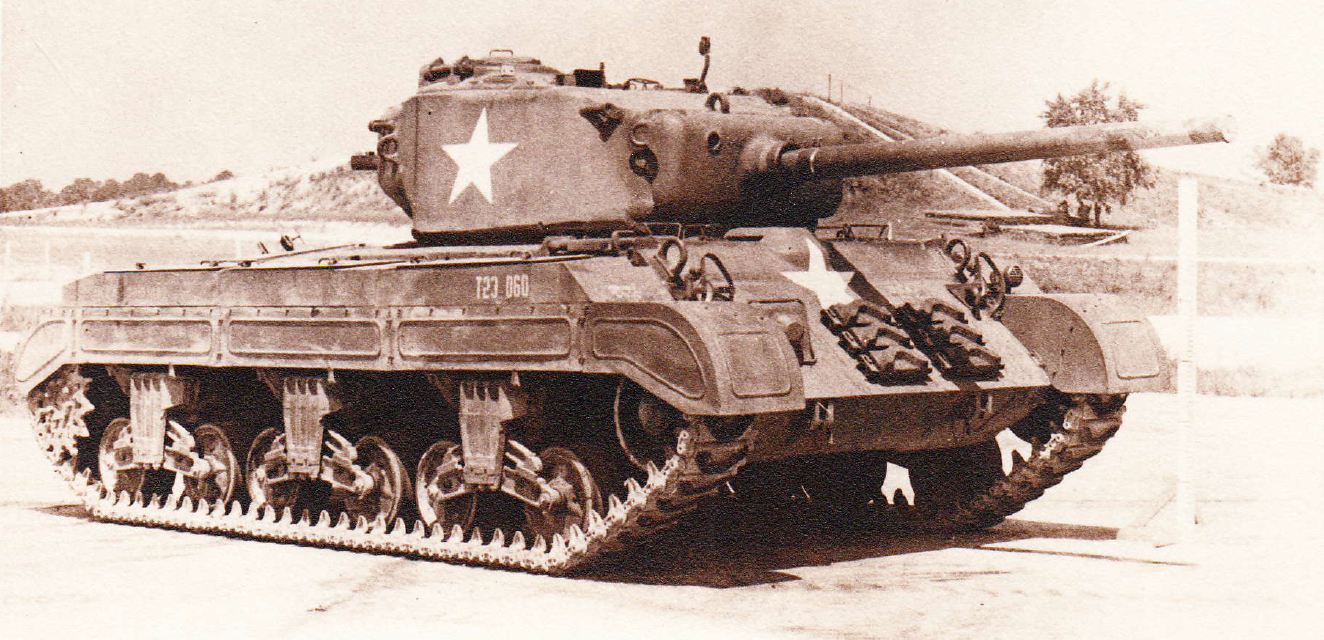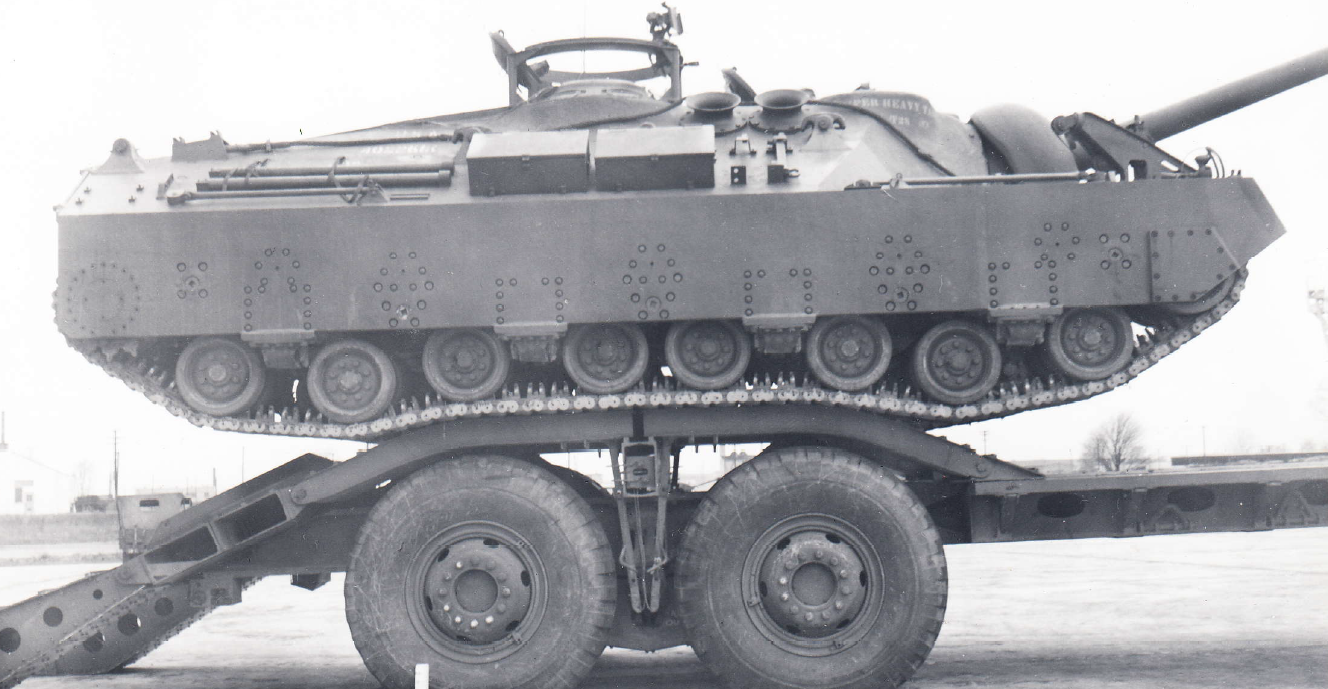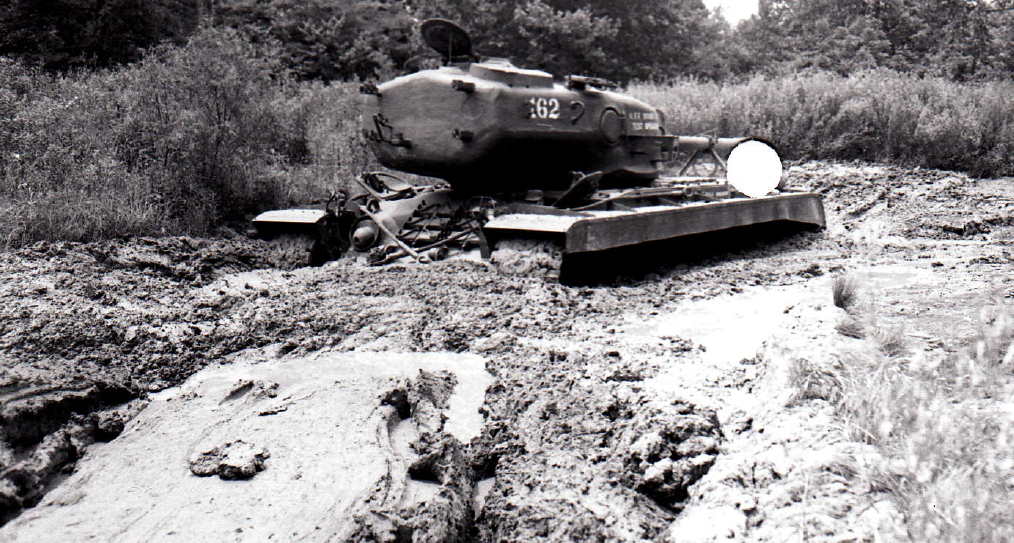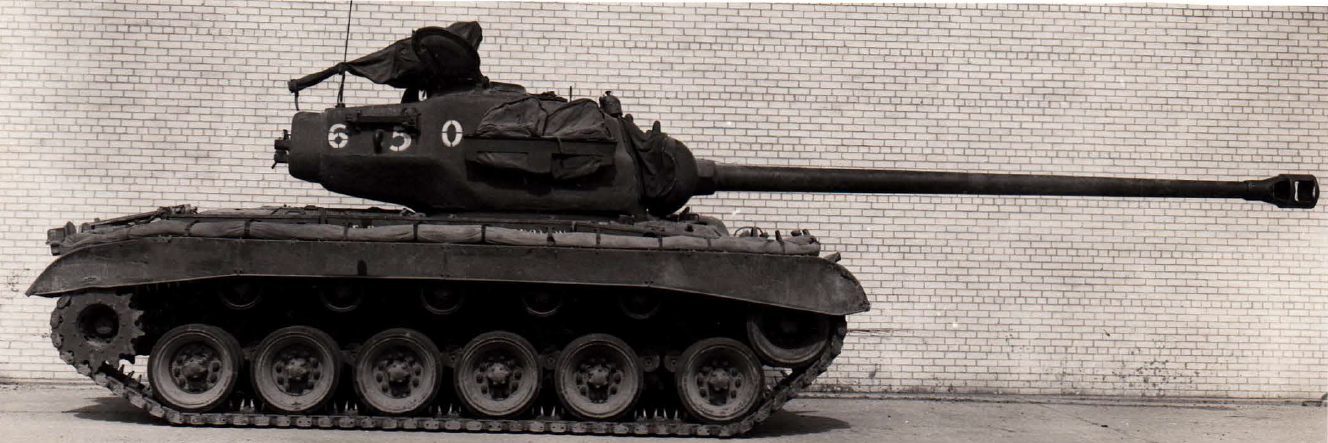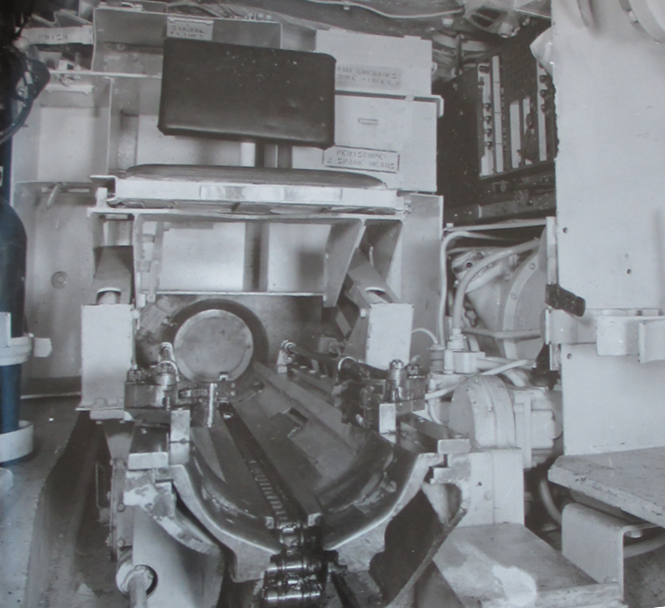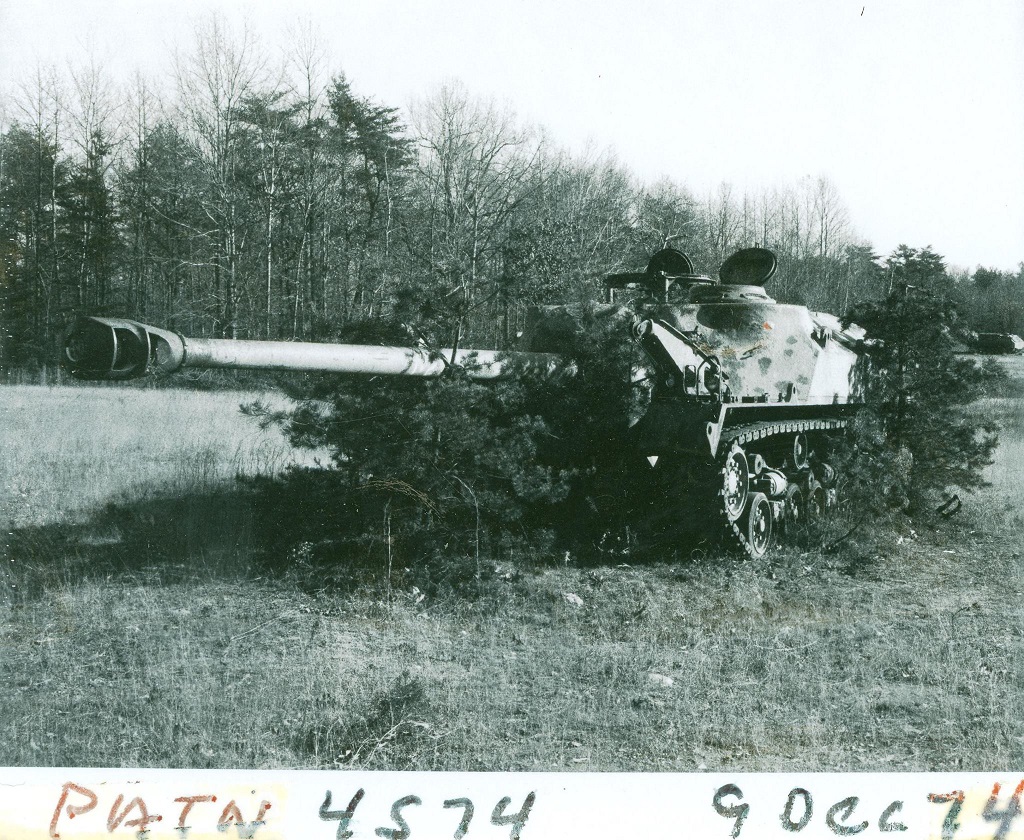Post by miletus12 on Jan 9, 2022 1:14:11 GMT
Snorkels and American submarines.
Snorkel Part 1.
The criticisms I have of Blair's treatment is that he is biases and somewhat USN centric. HOWEVER, the German U-boat Weapon was not well built, the press-ganged coal miners who formed most of the crews sent to sea in those death traps were not blue-water trained and were clueless about marine engineering. The boats, themselves, were ergonomic disasters and mankillers and finally Blair was correct about the uselessness of the snort as an offensive combat weapon in the deep blue sea.
Except that these shallow water tactics were already tried by a much better navy and were proven ineffective, if the slow on the battery submarines could not get out from under the hunting enemy surface ships searching with active sonar. It was the experience of the Americans fighting in Lingayan Gulf in 1941. The Germans duplicated this exercise in futility off Norway and the northern coast of France in 1944. All the snort did was allow battery recharge at the cost of crew health in those days. The snorts down to the present have a feature and a defect called the "slam effect". The snort has a valve that slams shut to prevent water intake. The diesels running on the snort suck the air from inside the boat and the crew has their ears popped or in a bad event lungs sucked empty. There is a device on a modern snort called a sneeze box to clear the intake of influxed water and prevent or at least mitigate the slam effect. Most snort use is at slow below 5 knot speeds and with the intake well up to prevent the slam effect. Even the vaunted electro-boats had and HAVE this limitation. Being hard to find and kill is not the same as being able to maneuver and attack a fast moving freighter or warship. The snort is very limited.
What harm?

(That was a lie.)
(An even bigger lie.)
Kurier was a compressed time transmission system. The message was recorded, speeded up, and played back at high speed and then transmitted to reduce time on the air so that radio direction finders had less time to triangulate the signal source. By no means was the message itself secure, once the British understood the compression trick involved.
The author writes like a wehraboo.
What the snorkel demonstrated was nothing of the kind. Once on its diesels; a U-boat semi-submerged with its snort up, had a pole sticking up for a radar to paint, put enough noise into the water to render its sonar and hydrophones useless, was limited to a WWII speed of 5 knots, exposed the U-boat crew to slam events, carbon monoxide poisoning and unexpected Allied attack, because their warning systems were nullified.
Clay Blair got those technical details right.
THAT is why the USN looked at snorts in the 1930s and thought the devices were a bad idea. Most every other navy, including the Germans and the Italians (Who invented a very good snort, the Ferreti Device.), came to the same conclusion.
If one wants an immobile coast defense boat that acts as a slow mobile minefield, one adopts snorts. If one needs underwater and surface speed; one builds huge banks of batteries into one's boats. The American and British boats had huge battery banks and the Americans had unusually powerful electric motors for dash speeds. The Axis and Russian boats did not. Guess why?
Snorkel Part 1.
Histories of the Battle of the Atlantic universally fail to appreciate the impact that the introduction of the snorkel had on the evolutionary shift in U-boat operations at the end of the war.
German U-boat histories of the Second World War are dominated by the period 1940–43 and written by, or about, veterans that never saw a single operational patrol in a snorkel-equipped U-boat. Out of the top twenty-five U-boat aces of the war, only one – Heinrich Lehmann-Willenbrock – commanded an operational snorkel-equipped U-boat. However, he did not take part in the inshore campaign during this cruise. Well-known U-boat commanders including Kretschmer, Lüth, Topp, Merten, Prien, Schepke, Witt and Lemp never experienced a patrol on a snorkel-equipped U-boat nor had any understanding of its potential.
Lothar-Günther Buchheim, author of the popular anti-war book Das Boot, never sailed on a snorkel-equipped U-boat. Yet he disparaged the device in his follow-on 1976 book Der U-Boot Krieg, even though he admitted ‘it was a life saver’. The U-boat force was given an ‘orthopedic contraption’, Buchheim stated colourfully, by leadership that called it an ‘epochmaking invention’. While Dönitz gave the snorkel device due credit in his post-war memoir, he also had no practical experience with the snorkel and spent only about twenty pages covering the period of the U-boat war from 1944–45. He longed only for the day his ‘wolves’ could return to the heyday of convoy warfare.
The problem in German U-boat veteran historiography is that no one grasped how the snorkel fundamentally altered the nature of submarine warfare. The potential resumption of anti-convoy operations remained paramount in the minds of Dönitz and his U-boat men because it recalled the heyday of success and brought meaning to the force’s sacrifices. However, there was never going to be a resumption of such operations because the challenge of submerged communications was never overcome during the war. Not even the introduction of the Type XXI ‘wonder weapon’ was going to change that fact. There was never a post-war survey by German naval historians of the impact of the snorkel within the U-boat fleet, leaving the broader understanding of the Battle of the Atlantic overwhelmingly distorted towards the earlier period of convoy battles.
Most British and American authors remain content to view the Battle of the Atlantic through the narrow optic of convoy warfare, and within that limited view argue that the U-boat as a weapon system was defeated in May 1943. Many opine that continued resistance by the U-boat force after May 1943 was folly, despite any wartime technical developments.
As an example, Ed Offley’s 2011 work, Turning the Tide: How a Small Band of Allied Sailors Defeated the U-Boats and Won the Battle of the Atlantic, argues the well-worn thesis that the U-boat was defeated in May 1943 and forced to withdraw from the Atlantic. His view of the U-boat’s continued deployment during the following two years was that they served little purpose beyond ‘cannon fodder’. While he briefly discusses Dönitz’s actions to restore the U-boat force, he cites only the future development of the high-speed Electro-boats and Walter turbines, never once mentioning the snorkel. Offley, like many authors, is content to interpret the remaining years of the Battle of the Atlantic through the balance sheet of tonnage sunk versus U-boats destroyed.4 It is a victor’s perspective that offers little historical value.
Arguably, one of the most audacious attempts at solidifying the victor’s perspective of the Battle of the Atlantic came from former Second World War US Submarine veteran Clay Blair, who took a direct attack in his assessment of both the U-boat and its technology. He was determined to counter what he believed was a growing U-boat ‘mythos’ in the late 1980s and early ’90s, fuelled in popular literature by scores of U-boat veteran memoirs and movies such as Das Boot that found eager audiences in Great Britain and the United States. Blair published his two-volume history Hitler’s U-Boat War starting with Volume 1 in 1996 and continuing with Volume 2 in 1998. His scope was the U-boat itself and not just the convoy battles of the mid-Atlantic. In the foreword of his first volume he set a contrary tone regarding wartime technological advances in the U-boat force by dismissing any evolutionary value of the Type XXI offhandedly, despite the known benefits of its hull form and internal mechanics widely copied after the war by all major navies. He specifically dissected its snorkel apparatus into ‘imperfect’, ‘hazardous’ and ‘nightmarish’. In his second volume he addressed the introduction of the snorkel across the U-boat diesel force in counterfactual terms. He stated that the snorkel was ‘technically primitive’; only employed for one to four hours a day; a snorkelling U-boat was completely ‘deaf’ and could not use its radio receivers or hydrophones; a U-boat that snorkelled could not use its periscope; snorkels were prone to emit exhaust smoke; snorkels leaked carbon monoxide into the pressure hull; a snorkelling U-boat had no way to get rid of its waste; and arguably the most erroneous statement that ‘almost without exception, U-boat crews distrusted snorts and hated to use them’. All of Blair’s statements are gross exaggerations or counterfactual when compared against period primary documents. In Blair’s desire to diminish the evolutionary contribution to modern submarine development made by German wartime engineers, he asserted that the US Navy advanced into the nuclear-powered submarine age with such sophistication as to leave behind all ‘hopelessly archaic’ German technical innovations, like the snorkel. His amateurish historical assertions are contradicted by official US Navy technical assessments.
German U-boat histories of the Second World War are dominated by the period 1940–43 and written by, or about, veterans that never saw a single operational patrol in a snorkel-equipped U-boat. Out of the top twenty-five U-boat aces of the war, only one – Heinrich Lehmann-Willenbrock – commanded an operational snorkel-equipped U-boat. However, he did not take part in the inshore campaign during this cruise. Well-known U-boat commanders including Kretschmer, Lüth, Topp, Merten, Prien, Schepke, Witt and Lemp never experienced a patrol on a snorkel-equipped U-boat nor had any understanding of its potential.
Lothar-Günther Buchheim, author of the popular anti-war book Das Boot, never sailed on a snorkel-equipped U-boat. Yet he disparaged the device in his follow-on 1976 book Der U-Boot Krieg, even though he admitted ‘it was a life saver’. The U-boat force was given an ‘orthopedic contraption’, Buchheim stated colourfully, by leadership that called it an ‘epochmaking invention’. While Dönitz gave the snorkel device due credit in his post-war memoir, he also had no practical experience with the snorkel and spent only about twenty pages covering the period of the U-boat war from 1944–45. He longed only for the day his ‘wolves’ could return to the heyday of convoy warfare.
The problem in German U-boat veteran historiography is that no one grasped how the snorkel fundamentally altered the nature of submarine warfare. The potential resumption of anti-convoy operations remained paramount in the minds of Dönitz and his U-boat men because it recalled the heyday of success and brought meaning to the force’s sacrifices. However, there was never going to be a resumption of such operations because the challenge of submerged communications was never overcome during the war. Not even the introduction of the Type XXI ‘wonder weapon’ was going to change that fact. There was never a post-war survey by German naval historians of the impact of the snorkel within the U-boat fleet, leaving the broader understanding of the Battle of the Atlantic overwhelmingly distorted towards the earlier period of convoy battles.
Most British and American authors remain content to view the Battle of the Atlantic through the narrow optic of convoy warfare, and within that limited view argue that the U-boat as a weapon system was defeated in May 1943. Many opine that continued resistance by the U-boat force after May 1943 was folly, despite any wartime technical developments.
As an example, Ed Offley’s 2011 work, Turning the Tide: How a Small Band of Allied Sailors Defeated the U-Boats and Won the Battle of the Atlantic, argues the well-worn thesis that the U-boat was defeated in May 1943 and forced to withdraw from the Atlantic. His view of the U-boat’s continued deployment during the following two years was that they served little purpose beyond ‘cannon fodder’. While he briefly discusses Dönitz’s actions to restore the U-boat force, he cites only the future development of the high-speed Electro-boats and Walter turbines, never once mentioning the snorkel. Offley, like many authors, is content to interpret the remaining years of the Battle of the Atlantic through the balance sheet of tonnage sunk versus U-boats destroyed.4 It is a victor’s perspective that offers little historical value.
Arguably, one of the most audacious attempts at solidifying the victor’s perspective of the Battle of the Atlantic came from former Second World War US Submarine veteran Clay Blair, who took a direct attack in his assessment of both the U-boat and its technology. He was determined to counter what he believed was a growing U-boat ‘mythos’ in the late 1980s and early ’90s, fuelled in popular literature by scores of U-boat veteran memoirs and movies such as Das Boot that found eager audiences in Great Britain and the United States. Blair published his two-volume history Hitler’s U-Boat War starting with Volume 1 in 1996 and continuing with Volume 2 in 1998. His scope was the U-boat itself and not just the convoy battles of the mid-Atlantic. In the foreword of his first volume he set a contrary tone regarding wartime technological advances in the U-boat force by dismissing any evolutionary value of the Type XXI offhandedly, despite the known benefits of its hull form and internal mechanics widely copied after the war by all major navies. He specifically dissected its snorkel apparatus into ‘imperfect’, ‘hazardous’ and ‘nightmarish’. In his second volume he addressed the introduction of the snorkel across the U-boat diesel force in counterfactual terms. He stated that the snorkel was ‘technically primitive’; only employed for one to four hours a day; a snorkelling U-boat was completely ‘deaf’ and could not use its radio receivers or hydrophones; a U-boat that snorkelled could not use its periscope; snorkels were prone to emit exhaust smoke; snorkels leaked carbon monoxide into the pressure hull; a snorkelling U-boat had no way to get rid of its waste; and arguably the most erroneous statement that ‘almost without exception, U-boat crews distrusted snorts and hated to use them’. All of Blair’s statements are gross exaggerations or counterfactual when compared against period primary documents. In Blair’s desire to diminish the evolutionary contribution to modern submarine development made by German wartime engineers, he asserted that the US Navy advanced into the nuclear-powered submarine age with such sophistication as to leave behind all ‘hopelessly archaic’ German technical innovations, like the snorkel. His amateurish historical assertions are contradicted by official US Navy technical assessments.
The criticisms I have of Blair's treatment is that he is biases and somewhat USN centric. HOWEVER, the German U-boat Weapon was not well built, the press-ganged coal miners who formed most of the crews sent to sea in those death traps were not blue-water trained and were clueless about marine engineering. The boats, themselves, were ergonomic disasters and mankillers and finally Blair was correct about the uselessness of the snort as an offensive combat weapon in the deep blue sea.
In the earliest published work on the last year of the Battle of the Atlantic, British naval historian V E Tarrant, writing in his 1994 book The Last Year of the Kriegsmarine, May 1944–May 1945, stated that the snorkel ‘was never welcomed by the majority of the U-boat crews’. His work on this critical, transformative period of the Battle of the Atlantic only focused on the building programmes related to the new Electro-boats and ignored the evolution of tactics and operations brought on by the snorkel. While American authors might be excused from understanding the snorkel’s impact, as snorkel-equipped U-boats only made an appearance off the US East Coast in the waning months of the war, the British, and to a lesser extent the Canadians, dealt with them for an entire year during the inshore campaign.
The point of view that the diesel U-boat was defeated in May 1943 as a weapon system and that the snorkel, unwelcome by U-boat crews, had little or no impact during the war is not corroborated by wartime or post-war primary documents. The diesel U-boat as a weapon system was not defeated in May 1943, only the surface-based Wolfpack tactics it employed against mid-Atlantic convoys. The U-boat survived, and even thrived with the introduction of the snorkel, as the Western Allies struggled to overcome the resurgent menace it had once thought defeated. While it is true that defeating the Wolfpack alleviated the single greatest threat to Great Britain’s survival and thus the Allied war effort, the introduction of the snorkel and shallow-water tactics diminished Ultra’s impact and continued to strain Allied resources. The idea of snorkel-equipped Type XXIs returning to the mid-Atlantic to reignite convoy warfare certainly was a threat that the Allies remained concerned about until the end of the war, but the reality was that BdU planned to send them individually to the coasts of North America and the United Kingdom to operate continually submerged close to Allied ports and within narrow channels and waterways. Surface-based Wolfpack tactics were gone forever.
Canadian maritime historian and former Wilfrid Laurier University professor Roger Sarty is one of the very few historians of the period who viewed the last twelve months of the Battle of the Atlantic through the filter of the snorkel’s impact. He wrote in his 1997 article ‘The Limits of Ultra: The Schnorchel U-boat Offensive Against North America, November 1944–January 1945’ that the:
Schnorchel caused profound difficulties for the Allied anti-submarine forces because of the change in U-boat tactics that the new equipment made possible. Submarines that neither signalled nor surfaced were safe from the radar-equipped aircraft that had long been the basis of the successful, economical defence of coastal waters … It soon became clear that protection of shipping against a single schnorchel boat well-situated in coastal waters required fully as many warships and even more aircraft than an active defence of a large convoy at mid-ocean against dozen of submarines.
Sarty was closer to historical reality than most authors writing of this period.
The point of view that the diesel U-boat was defeated in May 1943 as a weapon system and that the snorkel, unwelcome by U-boat crews, had little or no impact during the war is not corroborated by wartime or post-war primary documents. The diesel U-boat as a weapon system was not defeated in May 1943, only the surface-based Wolfpack tactics it employed against mid-Atlantic convoys. The U-boat survived, and even thrived with the introduction of the snorkel, as the Western Allies struggled to overcome the resurgent menace it had once thought defeated. While it is true that defeating the Wolfpack alleviated the single greatest threat to Great Britain’s survival and thus the Allied war effort, the introduction of the snorkel and shallow-water tactics diminished Ultra’s impact and continued to strain Allied resources. The idea of snorkel-equipped Type XXIs returning to the mid-Atlantic to reignite convoy warfare certainly was a threat that the Allies remained concerned about until the end of the war, but the reality was that BdU planned to send them individually to the coasts of North America and the United Kingdom to operate continually submerged close to Allied ports and within narrow channels and waterways. Surface-based Wolfpack tactics were gone forever.
Canadian maritime historian and former Wilfrid Laurier University professor Roger Sarty is one of the very few historians of the period who viewed the last twelve months of the Battle of the Atlantic through the filter of the snorkel’s impact. He wrote in his 1997 article ‘The Limits of Ultra: The Schnorchel U-boat Offensive Against North America, November 1944–January 1945’ that the:
Schnorchel caused profound difficulties for the Allied anti-submarine forces because of the change in U-boat tactics that the new equipment made possible. Submarines that neither signalled nor surfaced were safe from the radar-equipped aircraft that had long been the basis of the successful, economical defence of coastal waters … It soon became clear that protection of shipping against a single schnorchel boat well-situated in coastal waters required fully as many warships and even more aircraft than an active defence of a large convoy at mid-ocean against dozen of submarines.
Sarty was closer to historical reality than most authors writing of this period.
Except that these shallow water tactics were already tried by a much better navy and were proven ineffective, if the slow on the battery submarines could not get out from under the hunting enemy surface ships searching with active sonar. It was the experience of the Americans fighting in Lingayan Gulf in 1941. The Germans duplicated this exercise in futility off Norway and the northern coast of France in 1944. All the snort did was allow battery recharge at the cost of crew health in those days. The snorts down to the present have a feature and a defect called the "slam effect". The snort has a valve that slams shut to prevent water intake. The diesels running on the snort suck the air from inside the boat and the crew has their ears popped or in a bad event lungs sucked empty. There is a device on a modern snort called a sneeze box to clear the intake of influxed water and prevent or at least mitigate the slam effect. Most snort use is at slow below 5 knot speeds and with the intake well up to prevent the slam effect. Even the vaunted electro-boats had and HAVE this limitation. Being hard to find and kill is not the same as being able to maneuver and attack a fast moving freighter or warship. The snort is very limited.
Wartime View
No Allied power endured the struggle against the German U-boat in the mid-Atlantic and along their coast more than Great Britain. In November 1944 Royal Navy Captain Clarence Howard-Johnson, who served as the Royal Navy’s Director of the Anti-U-boat Division, declared during the resurgent U-boat’s inshore campaign that:
The snorkel has had such far-reaching results that the whole character of the U-boat war has been altered in the enemy’s favour. Frequently he has managed to penetrate to and remain on our convoy routes in focal areas with impunity in spite of intensive air and surface patrols. With more experience in training and with the confidence engendered by his present immunity from air, and often from surface attack, he is likely, in the future, to do us more real harm than he has up to the present.
No Allied power endured the struggle against the German U-boat in the mid-Atlantic and along their coast more than Great Britain. In November 1944 Royal Navy Captain Clarence Howard-Johnson, who served as the Royal Navy’s Director of the Anti-U-boat Division, declared during the resurgent U-boat’s inshore campaign that:
The snorkel has had such far-reaching results that the whole character of the U-boat war has been altered in the enemy’s favour. Frequently he has managed to penetrate to and remain on our convoy routes in focal areas with impunity in spite of intensive air and surface patrols. With more experience in training and with the confidence engendered by his present immunity from air, and often from surface attack, he is likely, in the future, to do us more real harm than he has up to the present.
What harm?
This was a sentiment echoed by Royal Navy Admiral Submarines Sir George Creasy, who directed British submarines to adopt the snorkel during the war on a limited trial basis in order to understand this innovation and how to counter the emerging threat. He soon recognised that there was no longer a future for the surface-bound submersible as the age of the true submarine was within technological sight.
The performance of the snorkel in the latter half of 1944 was so successful that the Ministry of Propaganda decided to capitalise on the technical innovation. The following radio broadcast aired on 22 March 1945 in conjunction with the release of Die Deutsche Wochenschau, which showed newsreel footage of the new snorkel-equipped U-boats. The snorkel was considered a ‘secret’ development for nearly a year and was now unveiled to the German public for the first time. It is a surprisingly accurate account of the Battle of the Atlantic:
The German public has learned about the new technical development of U-boat warfare for the first time from the report concerning the air mast of the U-boat, which appeared in the High Command communiqué. The facts now published were apparent already in the news of the past few weeks. When a number of U-boat commanders were decorated with the Knight’s Cross of the Iron Cross it was emphasised that they had won it in particularly difficult areas and on their first operational trip. Furthermore, on recommendation of Grand Admiral Dönitz, the Führer awarded the Knight’s Cross with Swords to Prof. Hellmuth Walter for his special merits in the technical development of the German U-boats. Lastly, the monthly declarations of Roosevelt and Churchill on the U-boat campaign as well as the speeches of Canadian and North American ministers of which we have given reports in our service, showed the enemy’s considerable anxiety about this steady increase of German U-boat successes …
It has been emphasised in the German reports that the latest successes were achieved not by an entirely new type of U-boat, but by boats of the type which have proved efficient during the period of 1941–1943, and which were fitted with the air mast to enable them to proceed continuously submerged …
The performance of the snorkel in the latter half of 1944 was so successful that the Ministry of Propaganda decided to capitalise on the technical innovation. The following radio broadcast aired on 22 March 1945 in conjunction with the release of Die Deutsche Wochenschau, which showed newsreel footage of the new snorkel-equipped U-boats. The snorkel was considered a ‘secret’ development for nearly a year and was now unveiled to the German public for the first time. It is a surprisingly accurate account of the Battle of the Atlantic:
The German public has learned about the new technical development of U-boat warfare for the first time from the report concerning the air mast of the U-boat, which appeared in the High Command communiqué. The facts now published were apparent already in the news of the past few weeks. When a number of U-boat commanders were decorated with the Knight’s Cross of the Iron Cross it was emphasised that they had won it in particularly difficult areas and on their first operational trip. Furthermore, on recommendation of Grand Admiral Dönitz, the Führer awarded the Knight’s Cross with Swords to Prof. Hellmuth Walter for his special merits in the technical development of the German U-boats. Lastly, the monthly declarations of Roosevelt and Churchill on the U-boat campaign as well as the speeches of Canadian and North American ministers of which we have given reports in our service, showed the enemy’s considerable anxiety about this steady increase of German U-boat successes …
It has been emphasised in the German reports that the latest successes were achieved not by an entirely new type of U-boat, but by boats of the type which have proved efficient during the period of 1941–1943, and which were fitted with the air mast to enable them to proceed continuously submerged …
(That was a lie.)
"Now also the U-boat crews, in spite of being severely strained physically by long months of submerged travelling, are effectively using their new technical equipment, above all in the most dangerous areas close to the enemy ports. In the shallow waters a U-boat, once discovered by the enemy, finds himself in a most difficult situation. But the men of the U-boats take upon themselves these dangers and losses because of the better chances of successes as at this stage every sinking of an enemy ship is particularly important. It is by no means intended to speak now prematurely of a ‘new large-scale U-boat offensive’. The reports on the air mast show, however, that important technical inventions have been made, with which we again overtake the enemy’s U-boat defence."
(An even bigger lie.)
Compare the above propaganda broadcast to the actual Top Secret intelligence assessment by OP-20-G released just one month later on 20 April 1945 that stated plainly: ‘The last 46 days has seen a marked increase of U-boat pressure against allied shipping, despite the desperate situation in the Homeland and in the Baltic …’ This intelligence assessment issued just weeks before the end of the war in Europe is a clear testament to the fact that the U-boat was not a defeated weapon system. It had survived the ‘Black May’ of 1943 and remained a tactical, if not strategic, concern for the Allies.
Enigma ciphers were ordered changed as concern grew in BdU of their possible compromise. While some Enigma ciphers required days to break, significantly diminishing their value, others still had to be broken. Kurier – the new flash transmission system that could not be read by Allied cryptologists – was being increasingly employed.
Enigma ciphers were ordered changed as concern grew in BdU of their possible compromise. While some Enigma ciphers required days to break, significantly diminishing their value, others still had to be broken. Kurier – the new flash transmission system that could not be read by Allied cryptologists – was being increasingly employed.
Kurier was a compressed time transmission system. The message was recorded, speeded up, and played back at high speed and then transmitted to reduce time on the air so that radio direction finders had less time to triangulate the signal source. By no means was the message itself secure, once the British understood the compression trick involved.
Operational U-boat deployments increased to the highest level in more than a year. Allied ship sinkings were up and there was continued concern about the potential deployment of the Type XXIs. The largest concentration of U-boats in nearly three years arrived off the North American coast despite the knowledge of their movement through Ultra and the deployment of the single greatest anti-submarine screen employed by the US Navy in its history. What hampered the U-boat’s success continued to be the ability, though reduced, of Allied cryptologists to ascertain U-boat deployments and re-route convoys.
The final situation update of the U-boat force was written by OP-20-G’s Navy Reserve Lieutenant W V Quine on 2 May, just days before the end of the war. He noted that there were 192 U-boats in the Atlantic and Arctic, with 118 at sea and seventy-four in port. This was an increase of seven over the previous week. He assessed that:
As yet there is no sign of any serious break-up in the German naval organisation in the Baltic. The situation is still quite confused because of the continual transferring of [U-boats] out of the enemy’s reach in the rush to get [U-boats] finished for frontline operations. Orders, however, seem to be carried out effectively and the loss of [U-boats] appears to be relatively small.
Quine’s final assessment contained one of the last Ultra intercepts of the war that noted the singular importance of the snorkel. On 24 April a wireless message was intercepted that read ‘complete repairs, including installation of snorkel, in Rostock on 6 Type XXIII and in Wismar on 3 Type XXIII was assured’. With the Soviet Army surrounding Berlin, the US Army on the Elbe River and the British advancing on the main U-boat production facilities in north-west Germany, the U-boat force remained potent and organised. The installation of the snorkel remained one of the highest priorities for BdU, even in the last days of the war.
The final situation update of the U-boat force was written by OP-20-G’s Navy Reserve Lieutenant W V Quine on 2 May, just days before the end of the war. He noted that there were 192 U-boats in the Atlantic and Arctic, with 118 at sea and seventy-four in port. This was an increase of seven over the previous week. He assessed that:
As yet there is no sign of any serious break-up in the German naval organisation in the Baltic. The situation is still quite confused because of the continual transferring of [U-boats] out of the enemy’s reach in the rush to get [U-boats] finished for frontline operations. Orders, however, seem to be carried out effectively and the loss of [U-boats] appears to be relatively small.
Quine’s final assessment contained one of the last Ultra intercepts of the war that noted the singular importance of the snorkel. On 24 April a wireless message was intercepted that read ‘complete repairs, including installation of snorkel, in Rostock on 6 Type XXIII and in Wismar on 3 Type XXIII was assured’. With the Soviet Army surrounding Berlin, the US Army on the Elbe River and the British advancing on the main U-boat production facilities in north-west Germany, the U-boat force remained potent and organised. The installation of the snorkel remained one of the highest priorities for BdU, even in the last days of the war.
The author writes like a wehraboo.
What a snorkel-equipped U-boat demonstrated during the war, too often lost on period historians, was that a submarine that didn’t surface and didn’t transmit by radio was almost impossible to track, find and destroy. It was a situation that foreshadowed the future of ‘Total Undersea Warfare’ in the atomic and nuclear age.
What the snorkel demonstrated was nothing of the kind. Once on its diesels; a U-boat semi-submerged with its snort up, had a pole sticking up for a radar to paint, put enough noise into the water to render its sonar and hydrophones useless, was limited to a WWII speed of 5 knots, exposed the U-boat crew to slam events, carbon monoxide poisoning and unexpected Allied attack, because their warning systems were nullified.
Clay Blair got those technical details right.
THAT is why the USN looked at snorts in the 1930s and thought the devices were a bad idea. Most every other navy, including the Germans and the Italians (Who invented a very good snort, the Ferreti Device.), came to the same conclusion.
If one wants an immobile coast defense boat that acts as a slow mobile minefield, one adopts snorts. If one needs underwater and surface speed; one builds huge banks of batteries into one's boats. The American and British boats had huge battery banks and the Americans had unusually powerful electric motors for dash speeds. The Axis and Russian boats did not. Guess why?





